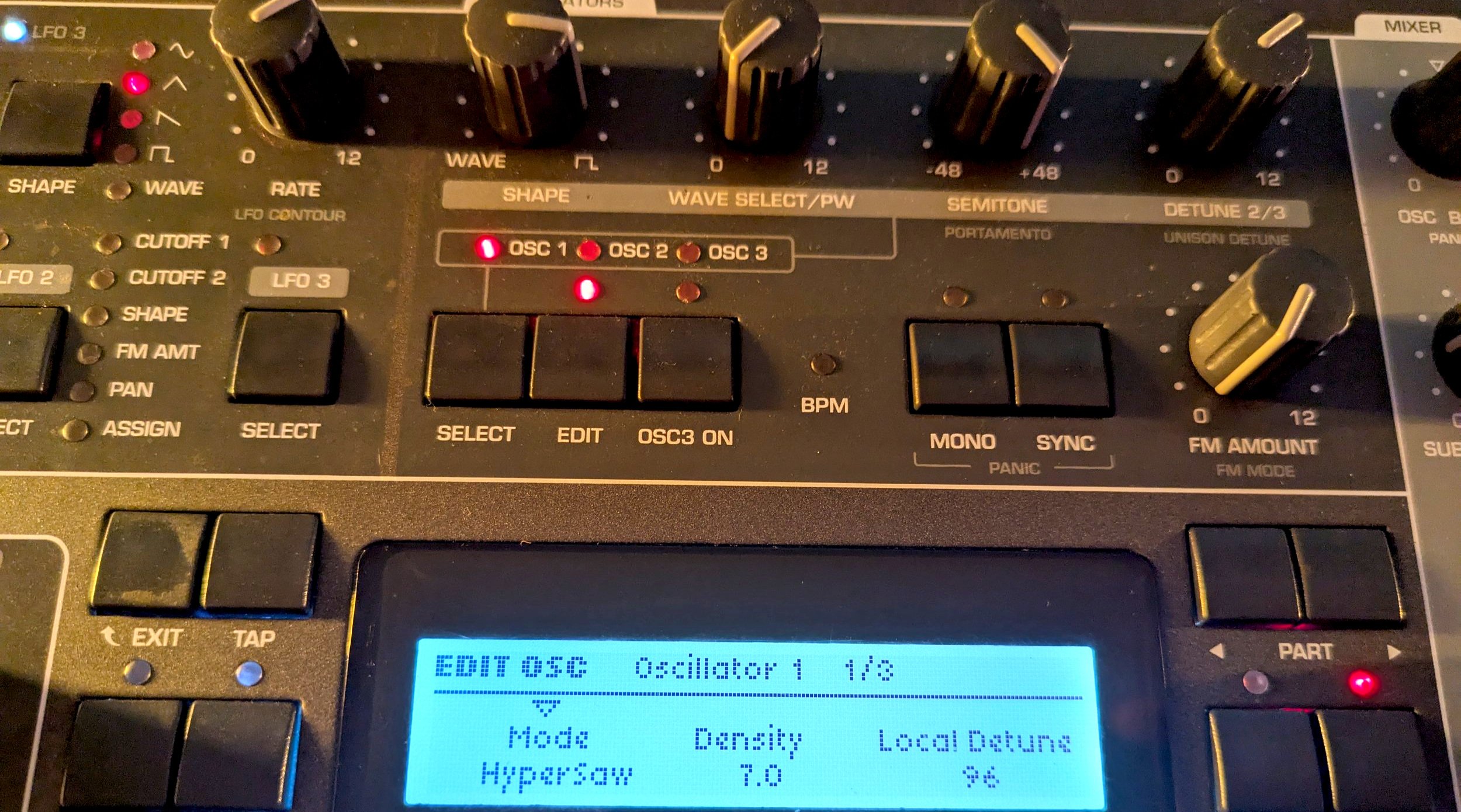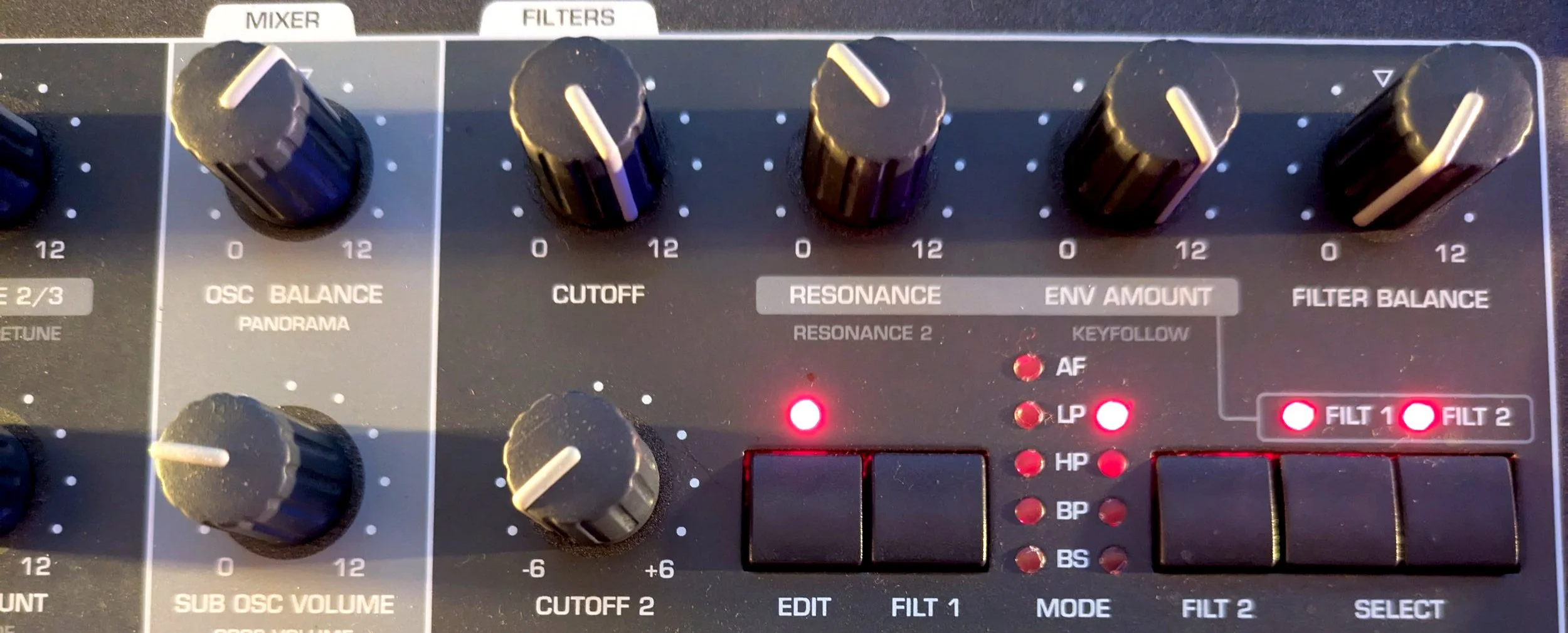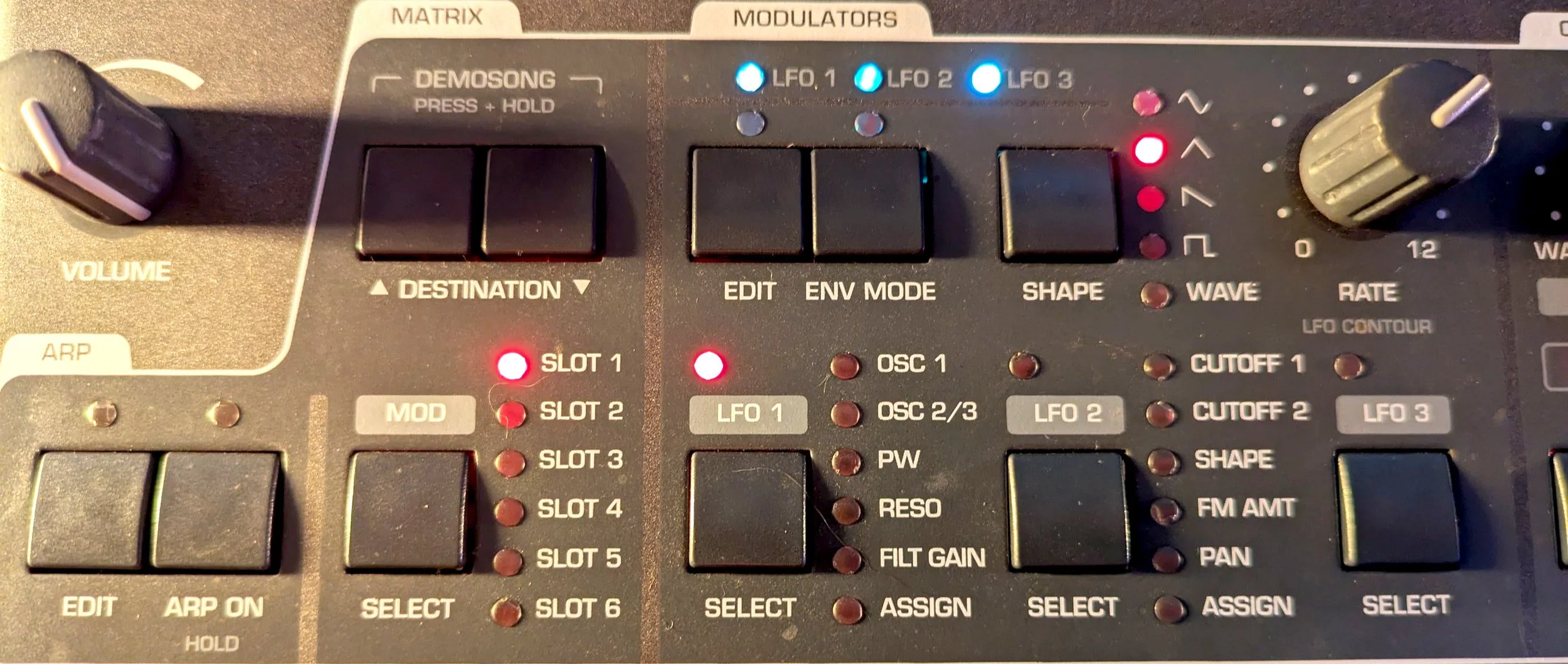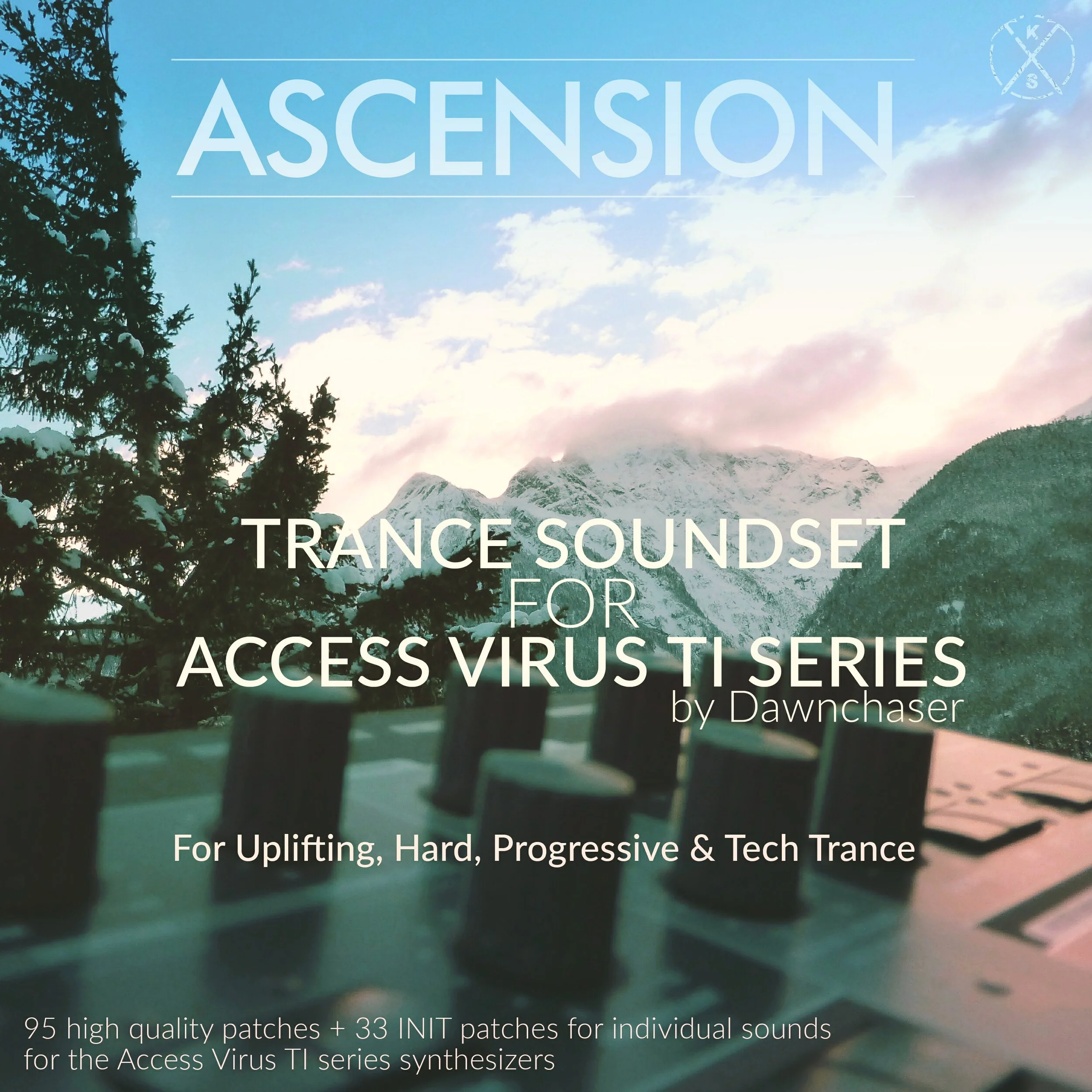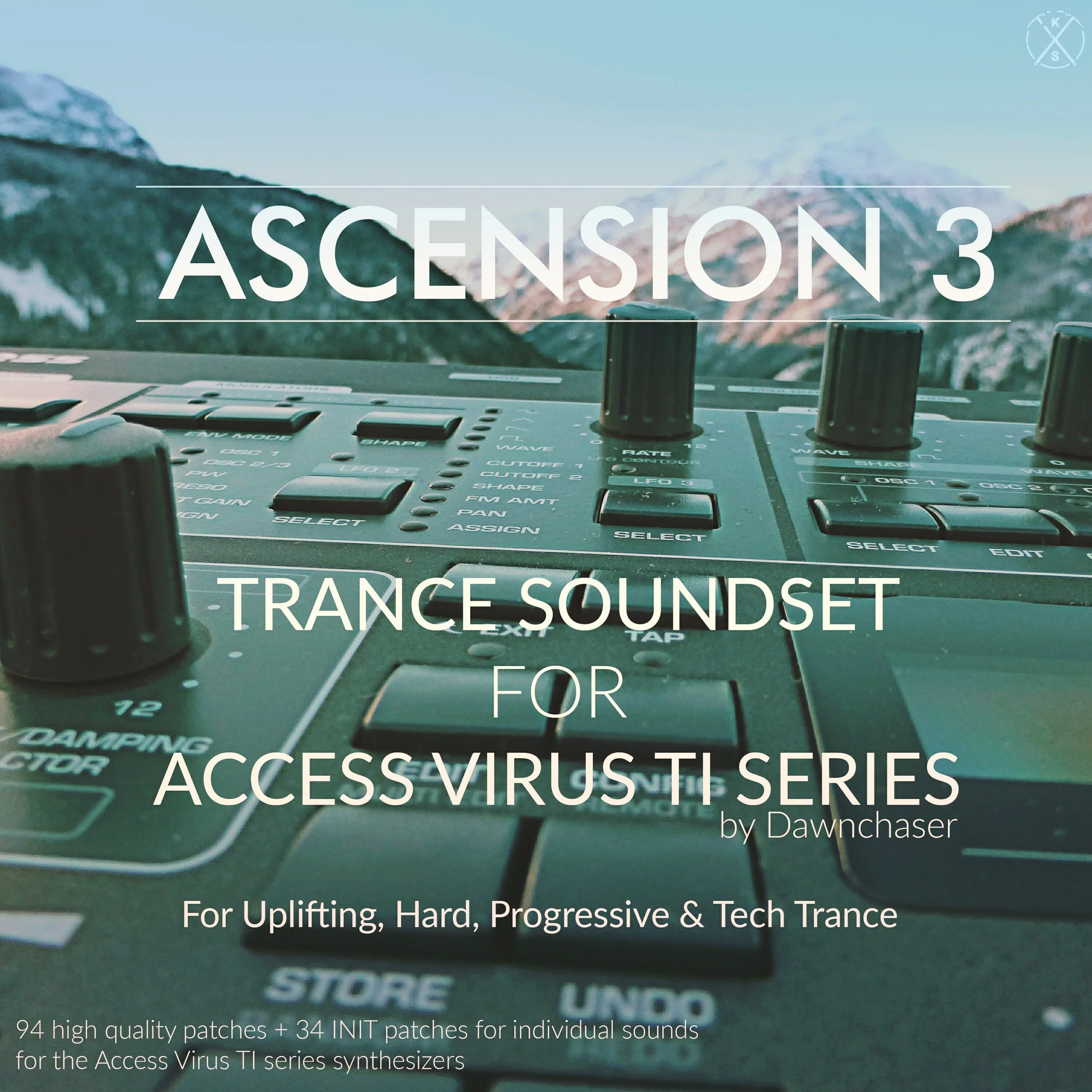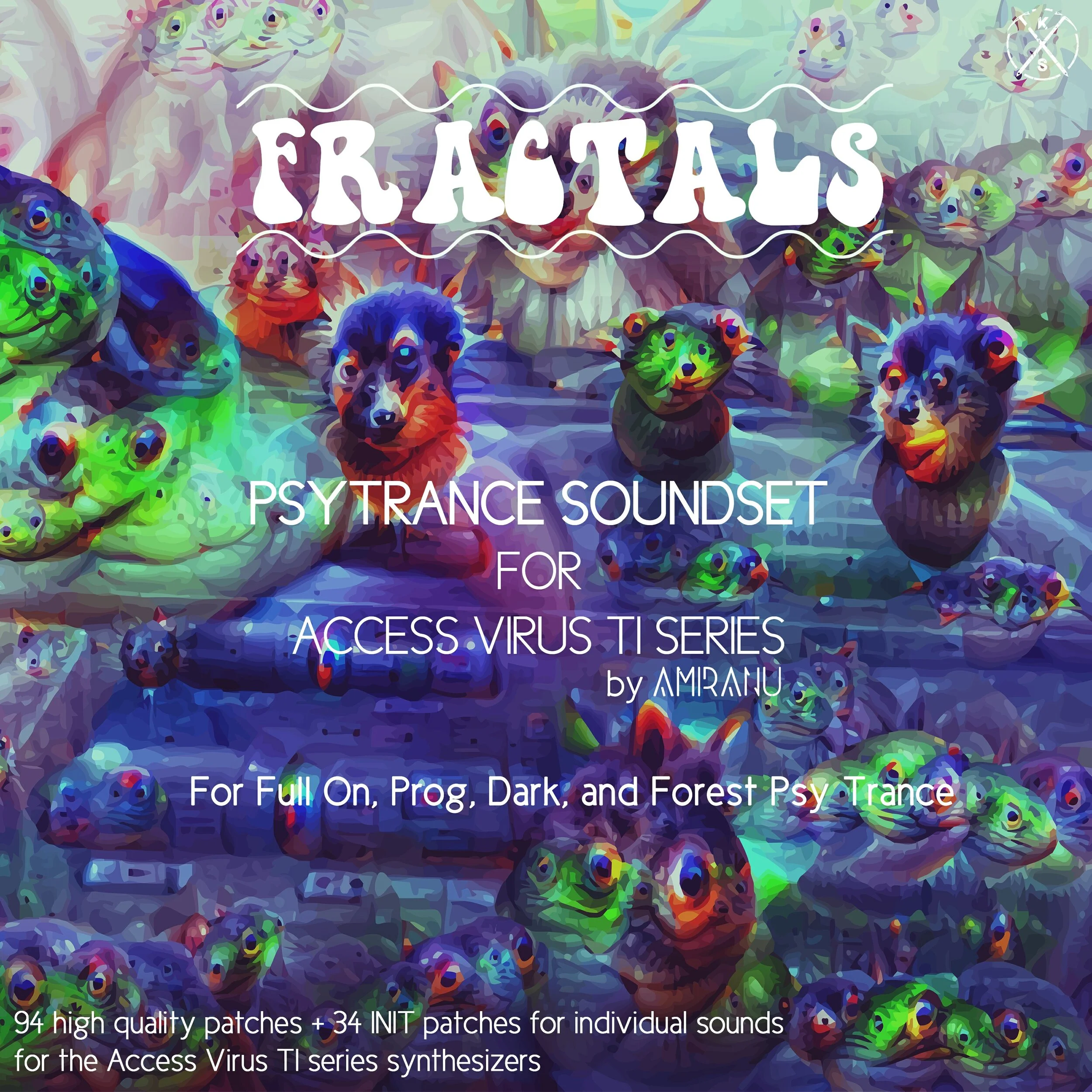Access Virus TI2 Review 2025
The keyboard. The myth. The legend. Most powerful VA synth ever made. A VST-In-A-Box. Opinions vary wildly on the Access Virus TI2, but no one can deny the impact it had on popular music. First released in 2009 as a follow-up to the Virus TI, it sported more effects, polyphony, and features that pulled it light years ahead of the competition. Even today, very few other hardware synths come close (the Kyra is the closest that comes to mind, but it hasn’t seen nearly as widespread of adoption as the Virus has). It has even spawned multiple VST clones, including the OsTIrus emulator, that is an exact code clone of the TI. But for all the pomp and fanfare, does it still hold up? Is it still useful for modern music in 2025 and beyond? Let’s take a look.
OSCILLATORS
As always, we start with the oscillators. The TI2 sports 2 main oscillators, plus a 3rd oscillator, and a sub oscillator, that runs an octave below everything else. The 2 main oscillators run the gamut from typical analog style waveforms, to sines, to a JP-8000 style HyperSaw that goes beyond the JP by sporting 2 additional Saws inside the HyperSaw, to bring it up to 9, from the JP’s original 7. So it can get denser and lusher, while also following the logarithmic scale of detuning that the JP was known for. And it sounds amazing when running 2 HyperSaws at different octaves, with some gentle vibrato and chorus and reverb.
Unlike the JP though, there does not appear to be much, if any hipassing occuring on the HyperSaw at the oscillator level, so there is a lot more low frequency content in the sound, which can require some EQing to clean up.
Additionally, the TI2 sports 63 (64 incl the sine) wavetables, and graintable and formant oscillators, which collectively puts the Virus in league with more modern VSTs like Massive or Serum (although the Virus is still more limited than those plugins).
But how do the oscillators sound?
Well, Virus synths have always had a reputation for sounding ‘darker’ than synths from other manufacturers. And this is no different. The sizzle of a Roland Sawtooth or the sheen of a Waldorf Pulse wave are not there. This sounds a bit more like the Slim Phatty, where the highs have been rolled off at a lower cutoff point. And from our research, that was an intentional move on Access’ part, to make it sound more “analog”.
Which, fair enough.
But if you want a brighter sound that sizzles more, you will need to use the onboard FX to boost the highs to approximate the sound of other synths.
On that same token, it does mean that Virus sounds are ‘warmer’ and don’t clash with bright JP or Prophet sounds as readily.
The wavetables are nice and glossy and metallic, and there’s tons of under the hood modulation options for tweaking the wavetables to behave in very exciting ways. The graintable and formant oscillators are also very exciting. The closest synth we can think of comparable to all this is the Blofeld, which has 1/4 the polyphony of the TI2.
If you look to the Virus for a main sound machine for modern music, it’ll be hard to top all this. But be prepared to boost the highs in order to make things as bright as a Blofeld or Nord.
FILTERS
So now you have a basic idea bout the oscillators. But what about the filters?
The Virus sports all the typical filter types, plus Moog-style filters, and you can run 2 separate filter banks in series or parallel, to create some incredible morphing evolving textures. Some folks complain that the filters sound too digital, but, if you’re buying a Virtual Analog synthesizer that includes wavetables, Digital is a feature, not a bug.
The Analog-style filters are quite nice, and yield some good juicy round textures. But for most uses, the standard lopass and other filters are all you need. Most of the core functions are buried in menus and submenus, so be prepared to wade around to set Key Follow values and other deep granular settings.
ENVELOPES
The envelopes are one of the Virus’ strongest areas. The versatility in here is matched only by the Blofeld and Mininova.
They can sound nice and tight, but can also be slower and looser, so you can faithfully replicate sounds from across multiple synth eras with minimal difficulty. The TI2 excels in snappy plucks and massive evolving pads, and those are 2 core functions we use it for musically, a lot.
There are extra settings within the menus for Attack and Sustain curves and a handful of other very cool options to add extra sound sculpting capabilities.
And hidden deeper in the menus are 2 additional envelopes that can be used for modulations, so you’re not limited to just LFOs and the Filter and Amp envelopes. It’s super nice…. when you’re willing to menu dive to get there.
LFO
Now’s where we begin to get into the weeds on the real sound design capabilities of the Virus. With 3 LFOs, it has a lot of options available to do some truly wild sounds. It has all the usual waveforms to modulate with, plus Sine, and… Wave. Which, the 64 additional Waves are not exactly Wavetables, and there isn’t much info about them, but they do open up a lot of wild possibilities for sound design.
In general the LFOs behave and operate as you would expect. But within the submenus, you can find specific routings hardwired to each LFO that can run independent of the Mod Matrix. One to pay particular attention to is the hardwired setting for the Pitch on LFO 3. That’s where you can add very gentle vibrator/ pitch modulation that won’t turn the sound into cartoon noises. Trying to set such pitch modulations from the Mod Matrix ends in chaotic disaster, because for whatever reason, Access chose to make modulating the pitch an all-or-nothing affair from the conventional modulation section. If you want delicate wavers and pitch variations, LFO 3’s submenus are where you need to go.
MODULATION
And now, for the spot with the true power on this synth. The mighty Mod Matrix.
Despite what the lighted numbers say, you have far more than just 6 slots to work with. Each Slot contains a series of tables that enables you to route loads of settings to a parameter, so you can effectively assign a different source for each lighted Slot, and then assign multiple Destinations in each one. It’s an unbelievable amount of modulation power for a hardware synth from 2009.
We often compare the Blofeld to the TI2 for the sheer modulation capacity, and for good reason. You can modulate practically everything on this synth. Much more than the Blofeld.
Even the deeper granular settings on different effects are up for grabs in the Mod Destinations, and that capability makes this synth absurdly overpowered for making complex evolving sounds .
What’s really nice is routing external synths through the TI2 and then using some modulation on effects, to process other synths with exotic evolving textures to take other synths like the Prophet Rev2 or Nord Lead 2X into totally unheard territory.
Be forewarned that one parameter you probably don’t want to try and modulate here is Oscillator Pitch. For whatever reason, this section treats pitch changes as All or Nothing, so if you want to modulate pitch with any Envelopes or LFOs, it will turn your patch into a cartoon noise. Subtlety for pitch is not doable in the modulation on the TI2 (unlike the Mininova or Blofeld).
EFFECTS
And now we reach one of the most polarizing parts of the TI2. The effects. Some folks say that drowning presets in FX masks the dullness of the oscillators. But when it comes to the Virus, the effects are as much a part of the synth’s sound as the oscillators themselves.
And the FX are one of those areas where the Virus truly shines. The EQ is really nice for adding extra bite or bass to patches (or removing mud from mids). Or for adding any of a number of different kinds of Chorus, Distortion, Pad Enhancing, or other exciting effects.
The last firmware update added additional distortion types, which opens up further exciting possibilities for the TI2 to enter uncharted sonic territory.
A particular favorite of ours is the Rate Reducer on the TI2, which is fully modulatable, and sounds spectacular on Prophet and Nord patches, where the brighter oscillators achieve a new kind of bite and grit with the Rate Reduction (and a touch of Phaser). The Delay is not quite as nice as the JP-8080’s, in our opinion. And modern reverb plugins like ValhallaRoom or Supermassive sound a bit fuller and more lush, but the Virus reverb still sounds excellent, and makes everything it touches super epic.
When starting from Init on a patch, be forewarned that by default, the Virus has Analog Boost turned on at about 33% or so, which adds a bunch of low-mid saturation to patches, which can both complicate mixing the sound later, and also eats up some extra CPU. So make sure to turn that off, to start your patch totally fresh, and maintain a clean mix later.
We have not yet attempted to try and run other synths through the FX section while also playing patches on the Virus in Multitimbral mode, but someday we will try that, and if it works, make a video about it - if it works, that would be a game-changer for live performers who might want to use the Virus FX on other synths during a gig, to minimize the need for additional pedals and FX boxes on stage.
CONCLUSION
So here at the end of all things, is the TI2 still worthit in 2025? Does it still hold up?
Compared to Serum 2 or Massive X, the Virus may seem a bit underpowered, we’ll admit. The TI2 was superpowered and groundbreaking for its day, but, that was in 2009. A lot has happened in the music industry since then.
But. The character of the TI2 is still unmistakable and makes every song it is used in sound better. It’s nearly impossible for a song to sound bad when you use a Virus in it.
And its sound and modulation capabilities and FX still give it an edge over nearly every other hardware synth on the market today, and its stability and functionality remains unparalleled.
Its only real weaknesses now are that its DSP chips are no longer in production, so if its DSP burns out, you’re SOL on repairing it. The Total Integration plugin for the TI also hasn’t been updated in years. and users report stability issues and massive CPU consumption problems. And running the Access TI plugin in your DAW and doing audio over USB also neuters the output volume of the synth quite significantly.
Having said that, Aura Plugins makes a very nice, stable VST interface plugin that can use MIDI over USB, and Analog Out for the audio, so you can have full control over all parameters from a stable plugin and have full volume coming from the synth.
And The Usual Suspects have been hard at work cloning the code from the DSP to make the TI2 work as a full software emulation in any DAW, so the actual sound and functionality of the synth can live on in perpetuity for generations to come.
So is it still worthit?
Yes. Definitely. If you can get one, get one. And if you are happy with a software version, Adam Szabo’s Viper VST, and OsTIrus will scratch your Virus itch very nicely.
Dawnchaser is a Pacific Northwest-based electronic music producer, mountaineer, documenter of all things adventure, mountain, and travel-related, and manager of Kulshan Recordings. If he’s not in the studio writing music about adventures, he’s out on one.

